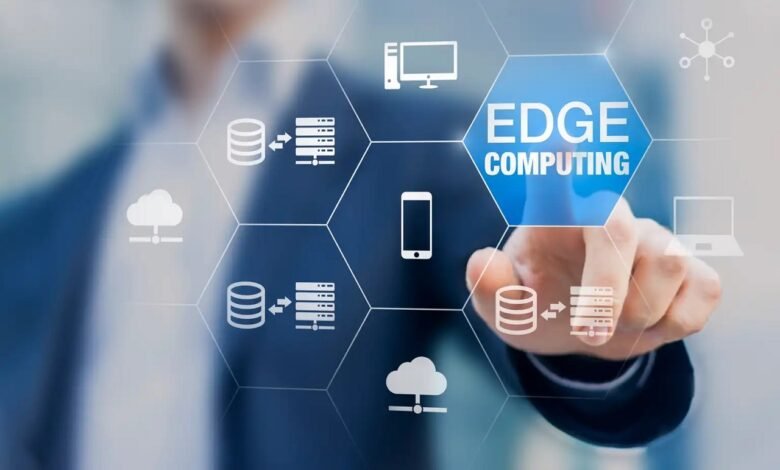Edge Computing in IoT: A Comprehensive Guide

Introduction to Edge Computing and IoT
In the interconnected world of the Internet of Things (IoT), Edge Computing has emerged as a game-changing technology. It processes data near the data source or “edge” of the network rather than relying on a centralized data-processing warehouse.
The Need for Edge Computing in IoT
With billions of devices connected in the Internet of Things ecosystem, the necessity for efficient data processing, storage, and analysis is paramount. Traditional cloud computing cannot meet these demands alone, leading to the integration of Edge Computing.
How Edge Computing Works in IoT
Hardware Components
Edge Computing in IoT employs various hardware, including sensors, controllers, and other connected devices.
Software Aspects
Software tools manage and analyze the data on-site, offering real-time insights and analytics.
Benefits of Using Edge Computing in IoT
Improved Latency
Edge computing drastically reduces latency since the data doesn’t have to travel to a central data center for processing.
Enhanced Security
By processing data locally, Edge Computing enhances security, minimizing the exposure to potential breaches.
Better Reliability
Edge computing ensures better reliability and resiliency by decentralizing processing tasks.
Real-World Applications
Healthcare
In healthcare, Edge Computing helps in real-time monitoring and data processing, ensuring timely and effective patient care.
Automotive
Cars leverage Edge Computing for real-time processing, enabling features like autonomous driving and advanced driver-assistance systems (ADAS).
Manufacturing
In manufacturing, it aids in monitoring equipment, analyzing data in real-time, and enhancing overall operational efficiency.
Challenges and Solutions
Security Concerns
Despite enhancing security, Edge Computing also presents new security challenges. Robust security measures are essential to mitigate these risks.
Integration Issues
Seamless integration into existing systems is crucial, requiring comprehensive planning and execution.
Edge Computing vs. Cloud Computing in IoT
While Cloud Computing offers extensive data processing capabilities, Edge Computing augments this by providing real-time data processing at the source, making it indispensable in IoT.
The Future of Edge Computing in IoT
As IoT continues to expand, the role of Edge Computing will grow exponentially, contributing to the evolution of smart cities, automated industries, and advanced healthcare systems.
Conclusion
In conclusion, Edge Computing is revolutionizing the IoT landscape, addressing critical challenges and ensuring enhanced efficiency, security, and real-time data processing. As we move further into the digital age, its role will only continue to expand, heralding a new era of innovation and connectivity.
Rate our Post (Edge Computing in IoT: A Comprehensive Guide)How much do you like our Article








